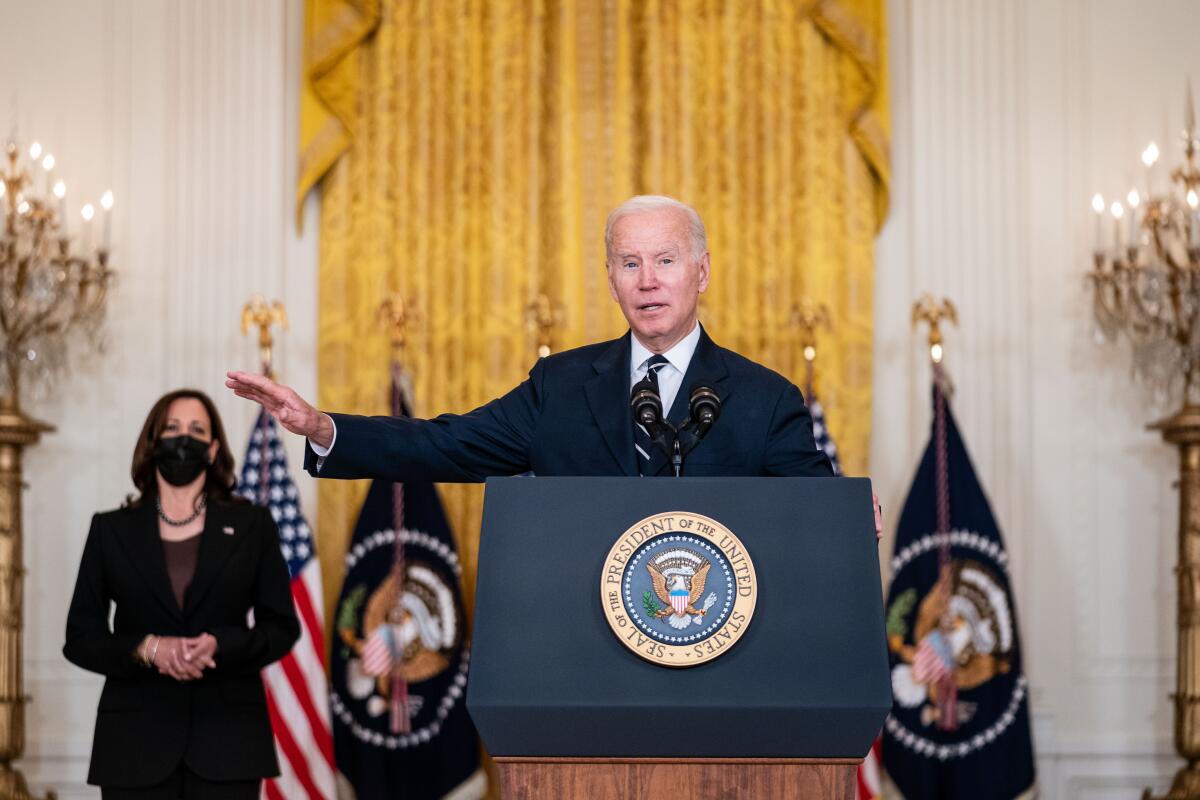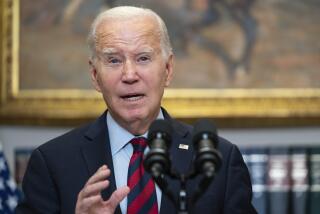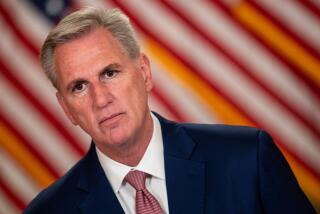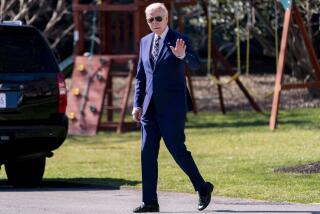What’s in Biden’s ‘Build Back Better’ framework?

WASHINGTON — The White House released a framework Thursday on President Biden’s “Build Back Better” agenda, a $1.85-trillion outline that Democrats plan to pass in Congress without any Republican support.
Biden visited the Capitol on Thursday morning to share details of the framework with the House Democratic Caucus. The president then returned to the White House, where he delivered remarks to the nation from the East Room, before departing for a foreign trip.
Vice President Kamala Harris hosted a group of mayors to discuss a bipartisan infrastructure bill and the newly released framework, and the House Rules Committee released legislative text ahead of an afternoon hearing.
Speaker Nancy Pelosi (D-San Francisco) told reporters that Democrats are “on a path to get this all done.”
The White House said the cost of the framework is offset by nearly $2 trillion in revenue, created by investments in Internal Revenue Service enforcement to close the tax gap, a penalty rate for foreign corporations based in noncompliant countries, a 15% corporate minimum tax on large companies, closing a Medicare Self-Employment Tax loophole, adding a surtax on multimillionaires and billionaires, limiting business losses for wealthy individuals, repealing a Trump administration rebate rule on prescriptions and a 1% tax on corporate stock buybacks.
Here’s what’s inside the president’s framework in its current form:
$555 billion for clean energy and climate investments
Most of the funding, $320 billion, would go toward 10-year expanded tax credits for clean energy, transmission and storage, clean passenger and commercial vehicles and clean energy manufacturing.
$400 billion for child care and preschool
For families of four earning less than $300,000 per year, the child-care portion would limit costs to no more than 7% of their income on child care for children 5 or younger. To qualify, however, parents must be working, seeking work or participating in an education or training program while making less than 2.5 times their state’s median income. The preschool policy would provide universal preschool for 3- and 4-year-olds. Both policies would last for six years.
$200 billion for child tax and earned income tax credits
The money would extend the Child Tax Credit — up to $300 per month in tax cuts per child under 6 and $250 per month per child age 6 to 17 — for one year, affecting more than 35 million households. The policy includes permanent refundability. The funding would also extend the expanded Earned Income Tax Credit for roughly 17 million childless low-wage workers.
$150 billion for home care
The funding would permanently improve Medicaid coverage for home care services for seniors and people with disabilities.
$150 billion for housing
The investment would go toward building more than 1 million affordable rental and single-family homes, rental and down payment assistance and public housing.
$130 billion for Affordable Care Act credits
The funding would extend the expanded ACA premium tax credits through 2025 and make them available to 4 million uninsured people in uncovered states, in addition to reducing premiums for more than 9 million Americans by an average of $600 per year.
$100 billion for immigration
The money would go toward reforming the nation’s immigration system to help reduce backlogs, expand legal representation and make the asylum system and border processing more humane and efficient.
$90 billion for equity and other investments
Investments include a Rural Partnership Program to empower rural regions, which include Tribal Nations and territories, with funding for locally led projects. Other investment targets include maternal health, community violence initiatives, Native communities, disadvantaged farms, nutrition, pandemic preparedness and supply chain resilience.
$40 billion for higher education and workforce
The framework would increase the maximum Pell Grant by $550 for more than 5 million students and expand access to “Dreamers,” in addition to making investments in historically Black colleges and universities, tribal colleges and universities and minority-serving institutions. The framing would also help with access to quality training, such as community college workforce programs, sector-based training and apprenticeships. And through the funding, the Labor Department would increase its annual spending on workforce development by 50% for each of the next five years.
$35 billion for Medicare hearing coverage
While dental and vision coverage are not included, the current proposed funding would allow Medicare to cover the cost of hearing services for seniors.
More to Read
Get the L.A. Times Politics newsletter
Deeply reported insights into legislation, politics and policy from Sacramento, Washington and beyond. In your inbox three times per week.
You may occasionally receive promotional content from the Los Angeles Times.











